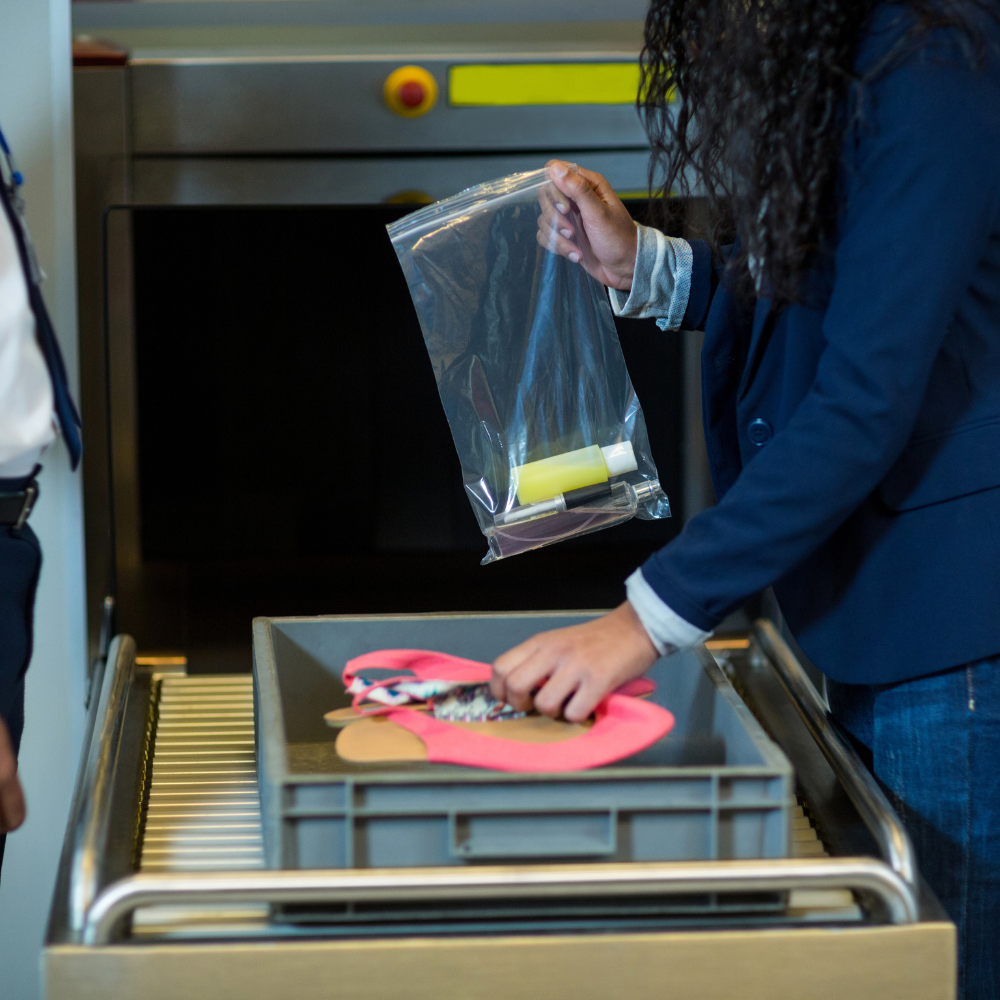
Scientists at the National University of Singapore have developed an effective novel technique for growing meat in a laboratory using magnetic fields. The novel technique found by the NUS scientists allows them to grow cell-based meat from animal cells through the use of magnetic fields. This new finding can completely revamp the production process of cell-based meat and reduce the dependence on animal-based products. The method is green, environment-friendly, efficient, and cost-effective.
The number of people opting for vegetarian food is increasing rapidly across the world. The major reason behind this shift is to save the animals which are being farmed for their meat and to help the environment by reducing the carbon footprint. But meat is an essential part of the diet for humans as it provides protein and many essential nutrients which can only be obtained from animal sources. Because of this, many people are looking for alternatives that do not include hurting animals on any level. For such people, cultured meat is a suitable option, as it involves growing meat using in-vitro cell cultures of animal cells. It is also termed cellular agriculture. Cultured meat was first introduced in 2013, when a professor named Mark Post, created a hamburger using meat that was grown using the cultivation of animal cells. Since then, cultured meat has seen many meat-based products being introduced. But it is not as environmentally friendly as people believe it to be.
In cultured meat production, it is believed that fewer animals are butchered than in livestock animal farming. But, based on the current methods of cell cultures, a significantly higher number of animals are needed for cultivating the animal cells for preparing cultured meat. Although it is much lower than livestock production, it is still significantly high to consider it an environmentally friendly option. This largely defeats the purpose of shifting to cultured meat from livestock production. For the production of cultured meat, fetal bovine serum (FBS) is needed to feed the animal cells. This serum is obtained from fetuses that are excised from pregnant cows. This current method of producing cultured meat is cruel and expensive as it has much less yield. The alternative method to the current method is to use animal muscles but researchers do not know how to increase their production volume. Other methods involve using stimulant drugs to increase this production volume, which is not ideal. These processes together increase the overall cost of the production process, thus increasing the price of the final product.
A team of researchers at the NUS Institute for Health Innovation & Technology and the NUS Yong Loo Lin School of Medicine collaborated to address this issue. The developed technique by the NUS researchers involves the use of a tuned pulsed magnetic field. It is used for mass production of the myogenic stem cells which are found in skeletal muscles and the bone marrow of the body. Researchers found that magnetically-stimulated secretome tend to replace the fetal bovine serum (FBS). If the secretome replaces the FBS in mass production, it can greatly improve the production volume and reduce the high production cost of cultured meat.



